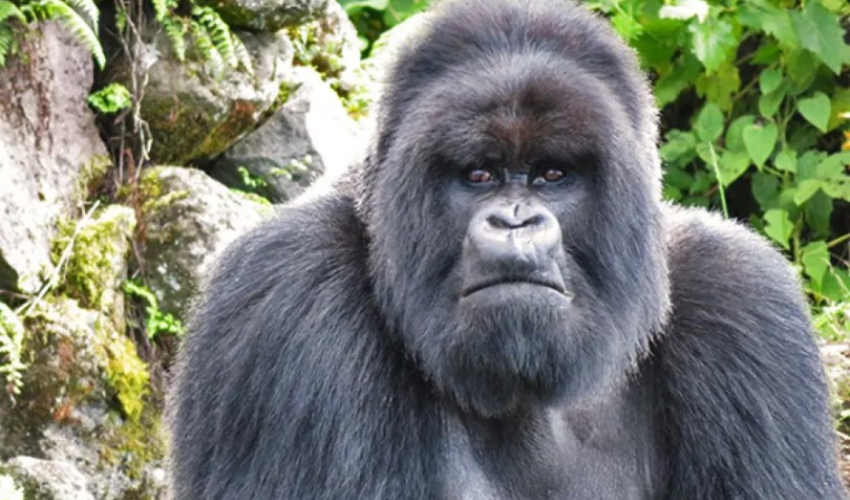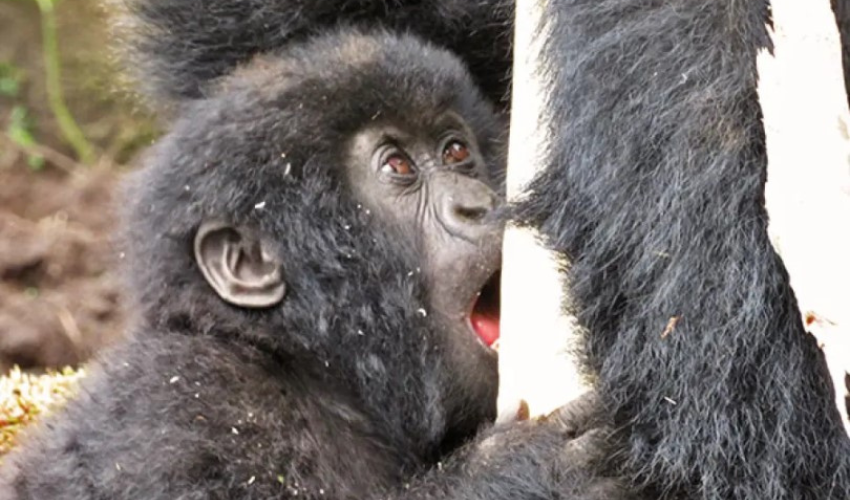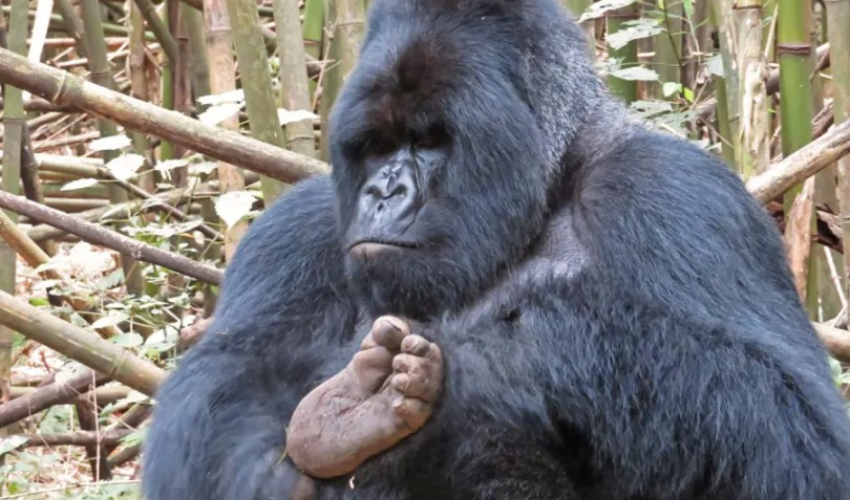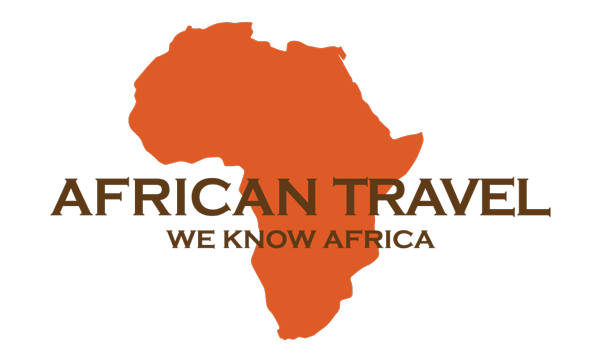Gorilla Trekking in Rwanda
Gorilla Trekking in Rwanda - An Unforgettable Experience
Gorilla trekking in Rwanda is an experience unlike any other. These gentle creatures are breathtaking to witness, and I felt truly privileged to see them in their natural habitat. As an experienced traveler in Africa, I have encountered many of the continent’s wonders, from the thundering Victoria Falls to the extraordinary wildlife—elephants, lions, leopards, and more. Yet, nothing quite prepared me for the magic of coming face to face with Rwanda’s mountain gorillas. There’s something truly awe-inspiring about meeting mountain gorillas in the wild. When they look at you, their deep, knowing eyes create an unspoken connection that feels almost human. These magnificent animals, whose DNA shares 98% similarity with ours, live in tight-knit family groups led by a dominant silverback male. It’s a humbling experience that stays with you long after you’ve left their presence.
Prepping for the Gorilla Trek
Before setting off for our trek, we were introduced to our expert guide, Bosco, who would lead us through the dense forests of Volcanoes National Park to meet the Hirwa gorilla clan. The Hirwa family is known for its size, having grown to 20 members, including a rare set of twins. These family groups are essential to the survival of the mountain gorillas. The silverback leads the group, overseeing the safety and cohesion of the family. Females, including mothers and young, make up the rest of the clan. Juveniles are often the most playful, engaging in games and mimicking adult behaviors, while infants rely heavily on their mothers for care and protection.

Bosco introduced us to the “Hirwa” gorilla clan, the family we would be meeting. The family is so named because “Hirwa” means lucky, which refers to the family’s good fortune: they have grown to a clan of 20 members, including a pair of juvenile twins—a rare occurrence in the wild.
We were also given basic rules for how to approach the family: avoid eye contact, stay alert, be quiet, disable flash on our cameras and keep our distance from the family. Bosco emphasized that our goal, beyond observing this amazing species, was to interrupt the Hirwa family as little as possible.
Meeting the Gorillas
It didn’t take long for us make contact with the gorillas. We hiked for about 30 minutes before Bosco told us that the clan was just ahead, outside a farmer’s field. There was a palpable excitement in the air as I, and others in our group, readied our cameras in anticipation of what we were about to see. As we reached the top of the field, we caught our first glimpse of the clan: they were busily munching on bamboo trees.
The duration of their lunch was clear thanks to the trail of gnawed bamboo trees. The Hirwa family included a silverback, adult females and a few babies. The adorable babies were on full display: playing with mom, frolicking in the bushes and even beating their chests in a lovely impression of their silverback father. One youngster tried determinedly to feed on a thick bamboo stalk by himself, but the tree was just a little too thick!

The size of the adult members of the Hirwa family astonished me. Male silverbacks, the largest members in a family, can weigh up to 480 pounds and the silverback of the Hirwa family was massive! As the other members of the family were busy eating and playing, he mostly sat alone in the background, quietly watching over his family. At one point, while we were watching some of the other gorillas, the silverback approached me — it appeared that I was between him and where he wanted to go. I looked to Bosco who told me to stay calm and let the large silverback walk by, and that’s exactly what he did: the silverback brushed by my leg on his way to munch on some bamboo shoots.

A Commitment to Conservation
Dian Fossey, author of Gorillas in the Mist and the famous mountain gorilla researcher, once remarked, “when you realize the value of all life, you dwell less on what is past and concentrate on the preservation of the future.” I could not have said it better myself! My experience with the gorillas reinforced my feelings that conserving these creatures for future generations is a crucial mission, one that benefits us all.
Rwanda’s dedication to preserving mountain gorillas and their habitats is crucial to their survival. Thanks to sustained conservation efforts, the country’s mountain gorilla population continues to grow. To protect these endangered animals, the government strictly regulates tourism. Only 96 permits are issued daily for treks in Volcanoes National Park, with each of the 12 habituated gorilla groups visited by a maximum of eight tourists. Revenue from these limited permits directly funds conservation and research initiatives. Beyond protecting the gorillas, Rwanda’s conservation model also benefits local communities. Ten percent of permit revenue is allocated to building schools, health centers, and roads, while a compensation fund reimburses farmers for crop damage caused by gorillas, fostering peaceful coexistence. Gorilla trekking also provides employment for many locals, including rangers, trackers, porters, drivers, and staff at lodges, ensuring that conservation efforts support both wildlife and people.
The experience of trekking with mountain gorillas is not only a chance to witness one of nature’s most majestic creatures, but it also plays a part in supporting their future. If you are considering a gorilla trekking adventure, the experience is sure to be transformative, offering a deeper understanding of these incredible animals and their unique family structures.
For those eager to embark on this unforgettable adventure, our Discover Rwanda itinerary offers the chance to trek with mountain gorillas, along with a Big 5 safari in Akagera National Park. You can also visit Kigali, the vibrant capital of Rwanda, where you’ll learn about the country’s inspiring journey and how you can contribute to ongoing conservation efforts, all while enjoying the stunning beauty of Rwanda’s landscapes.






